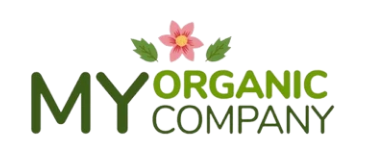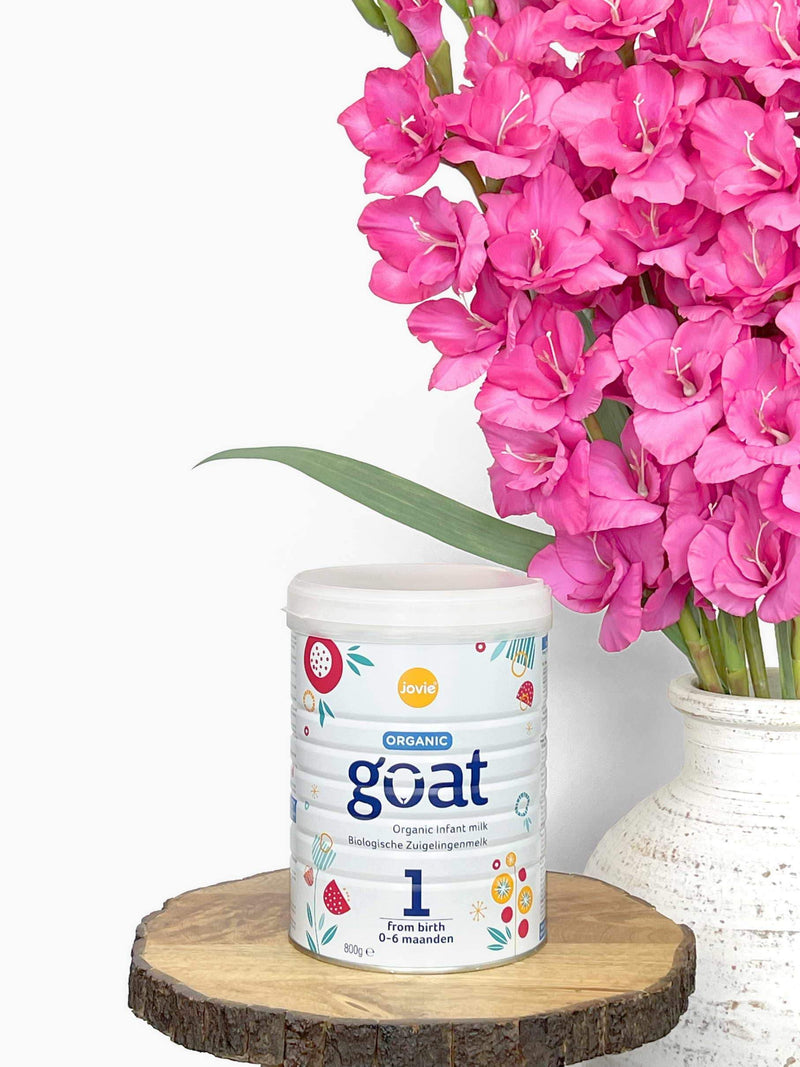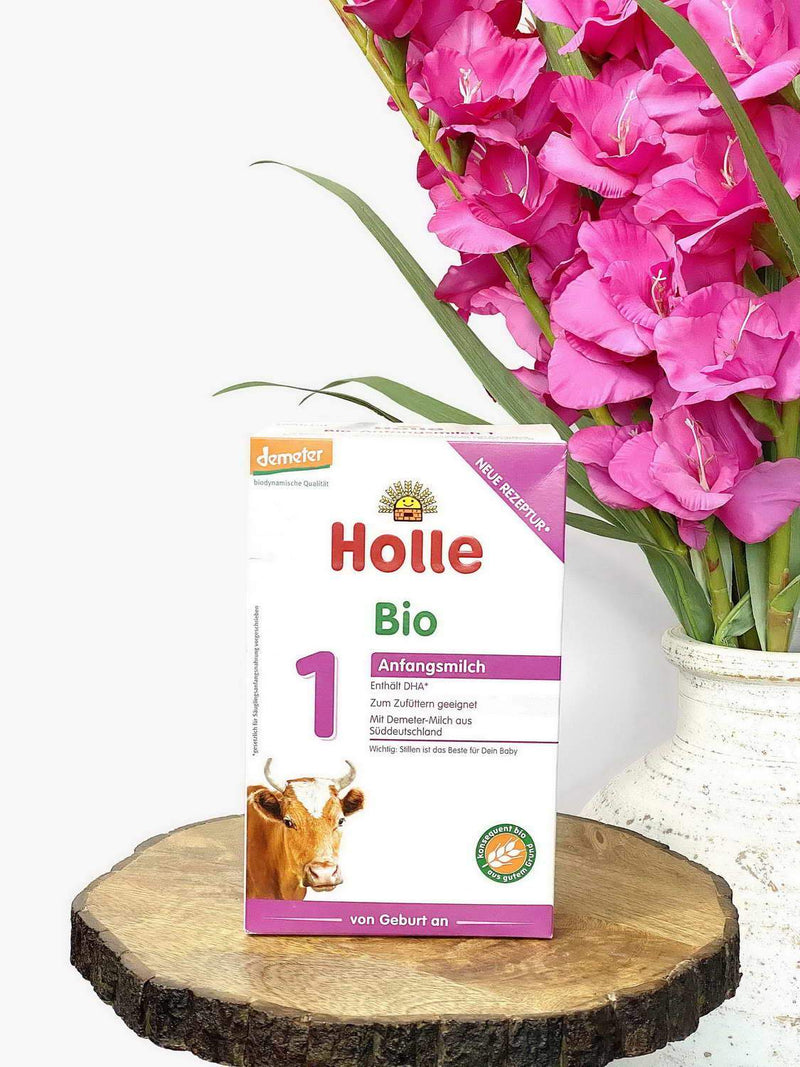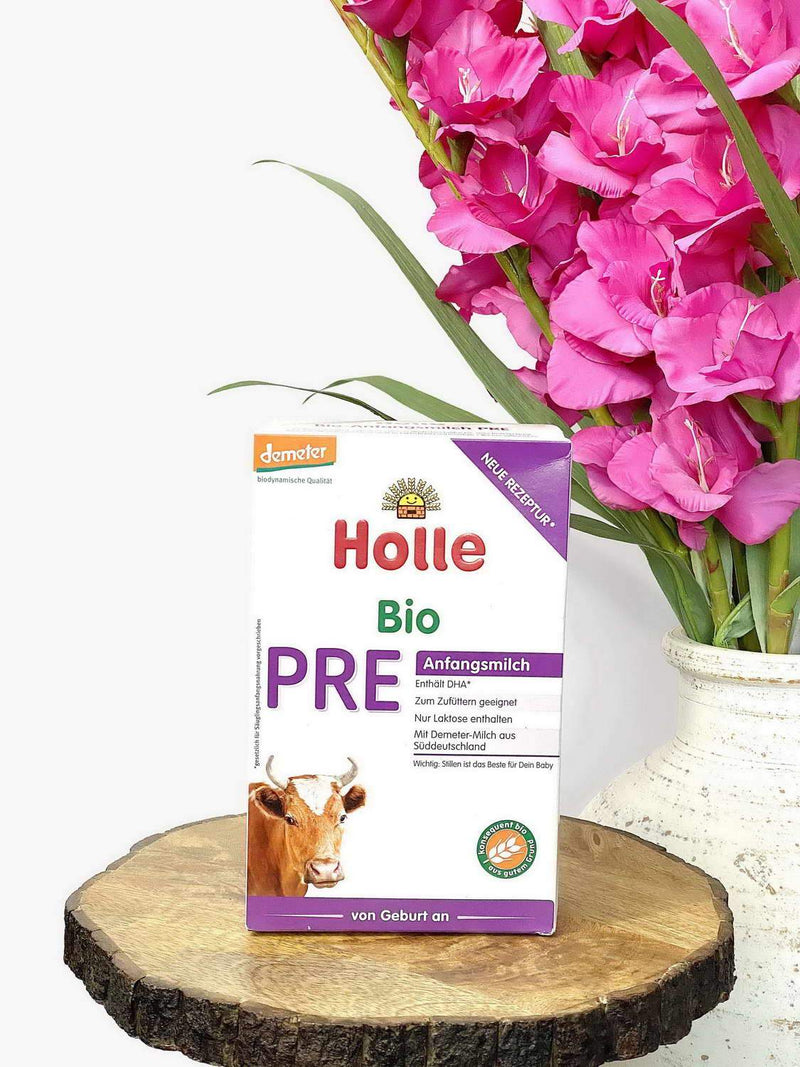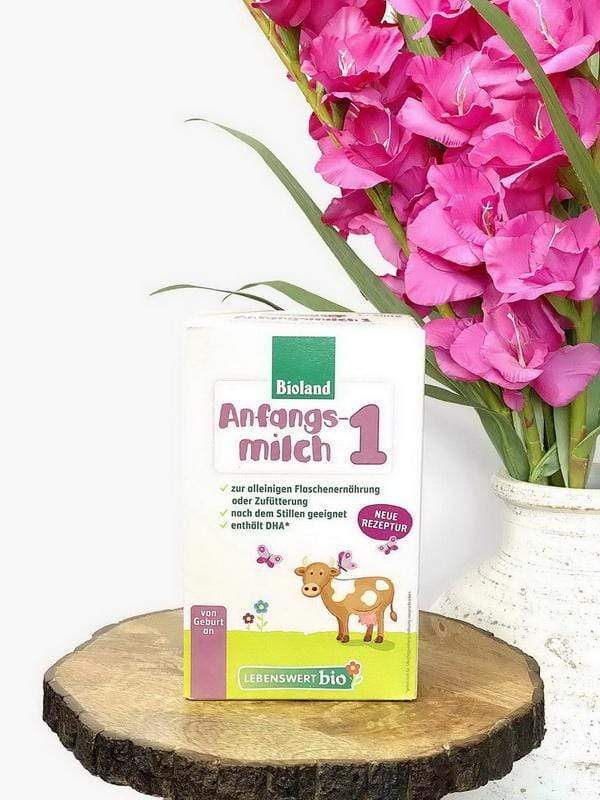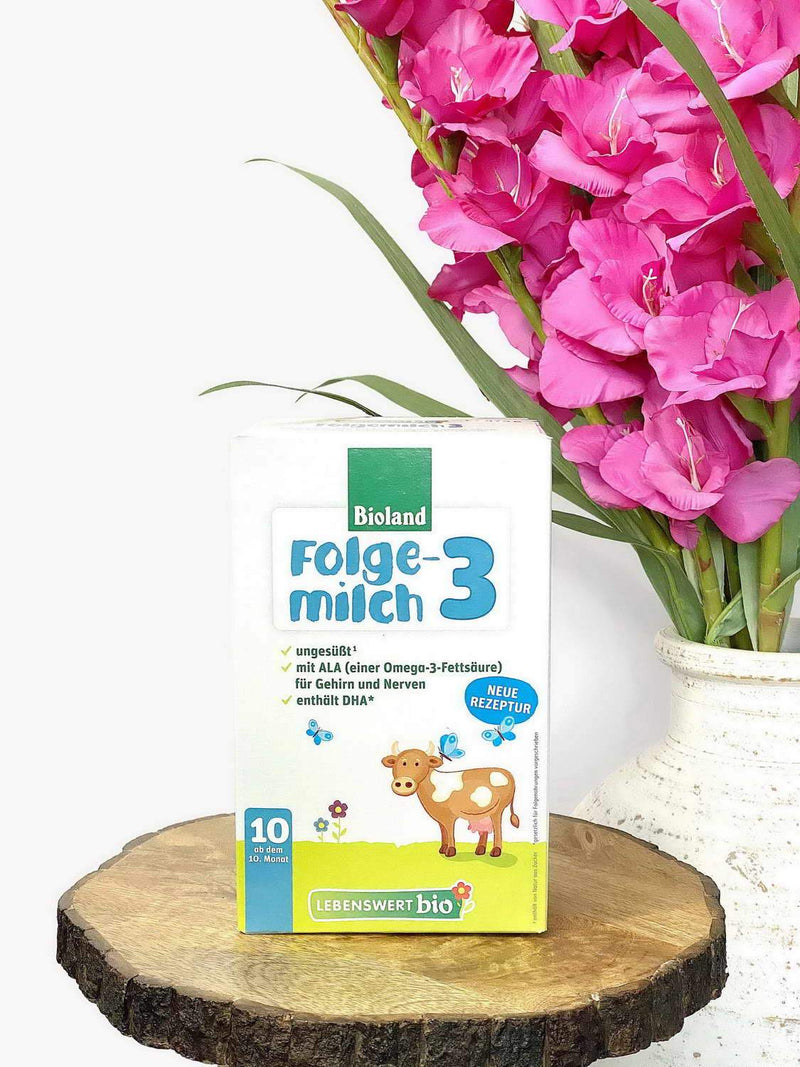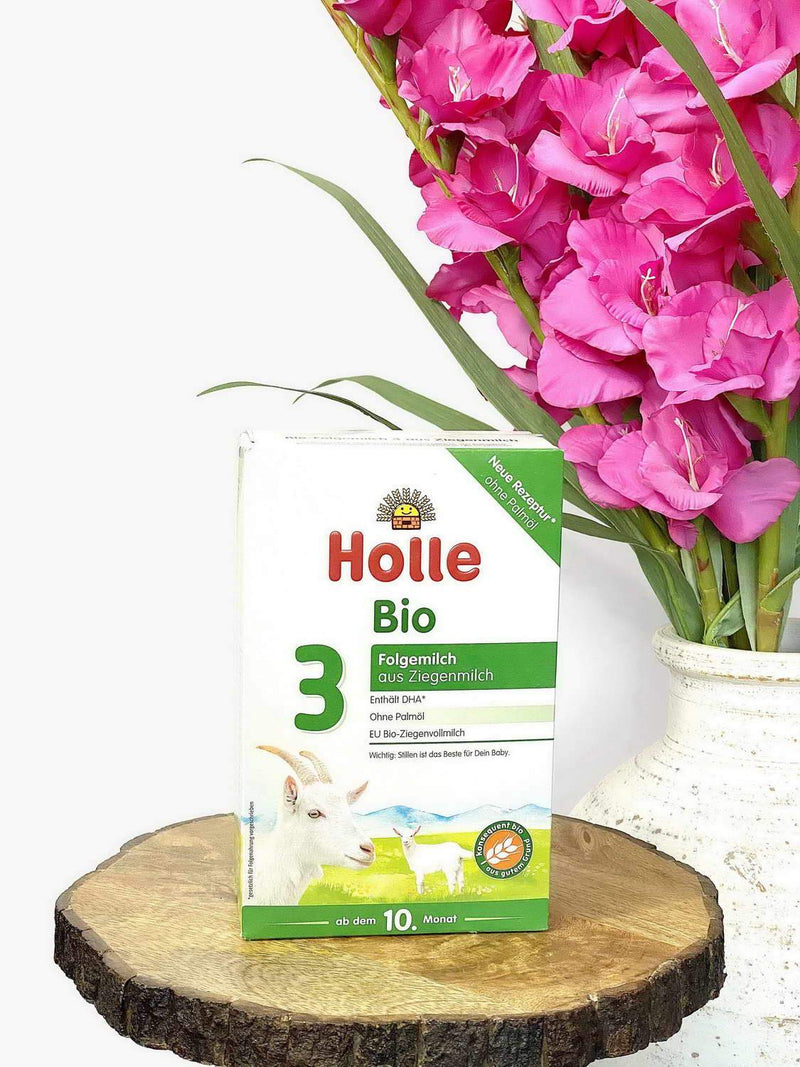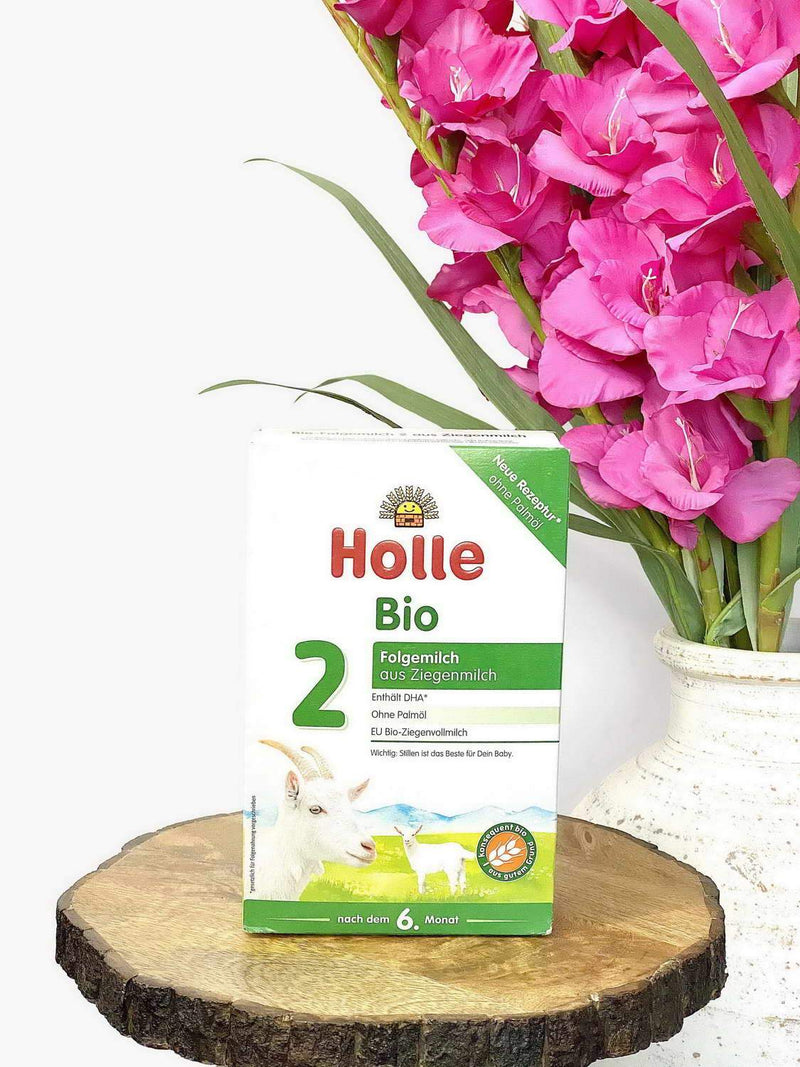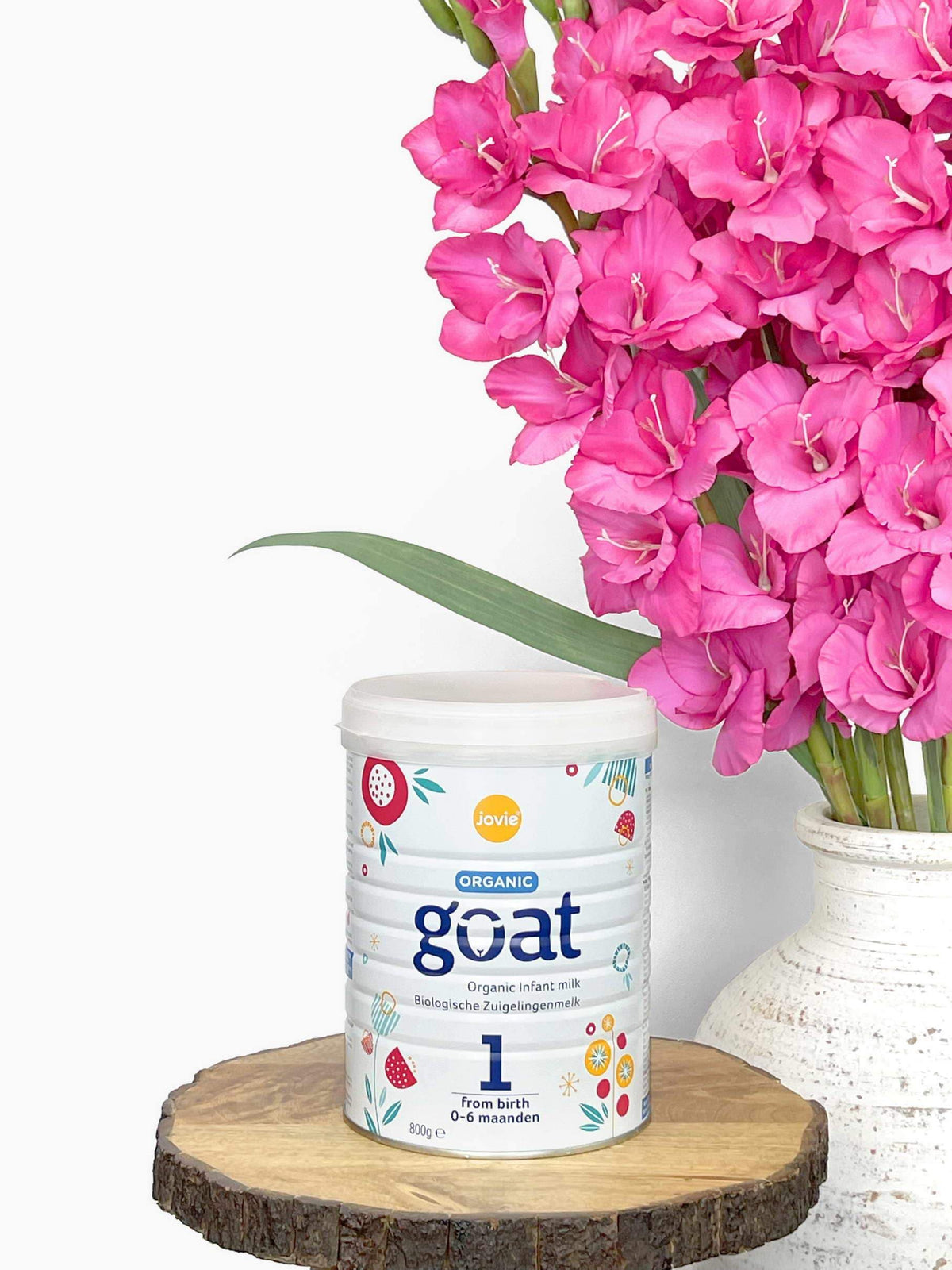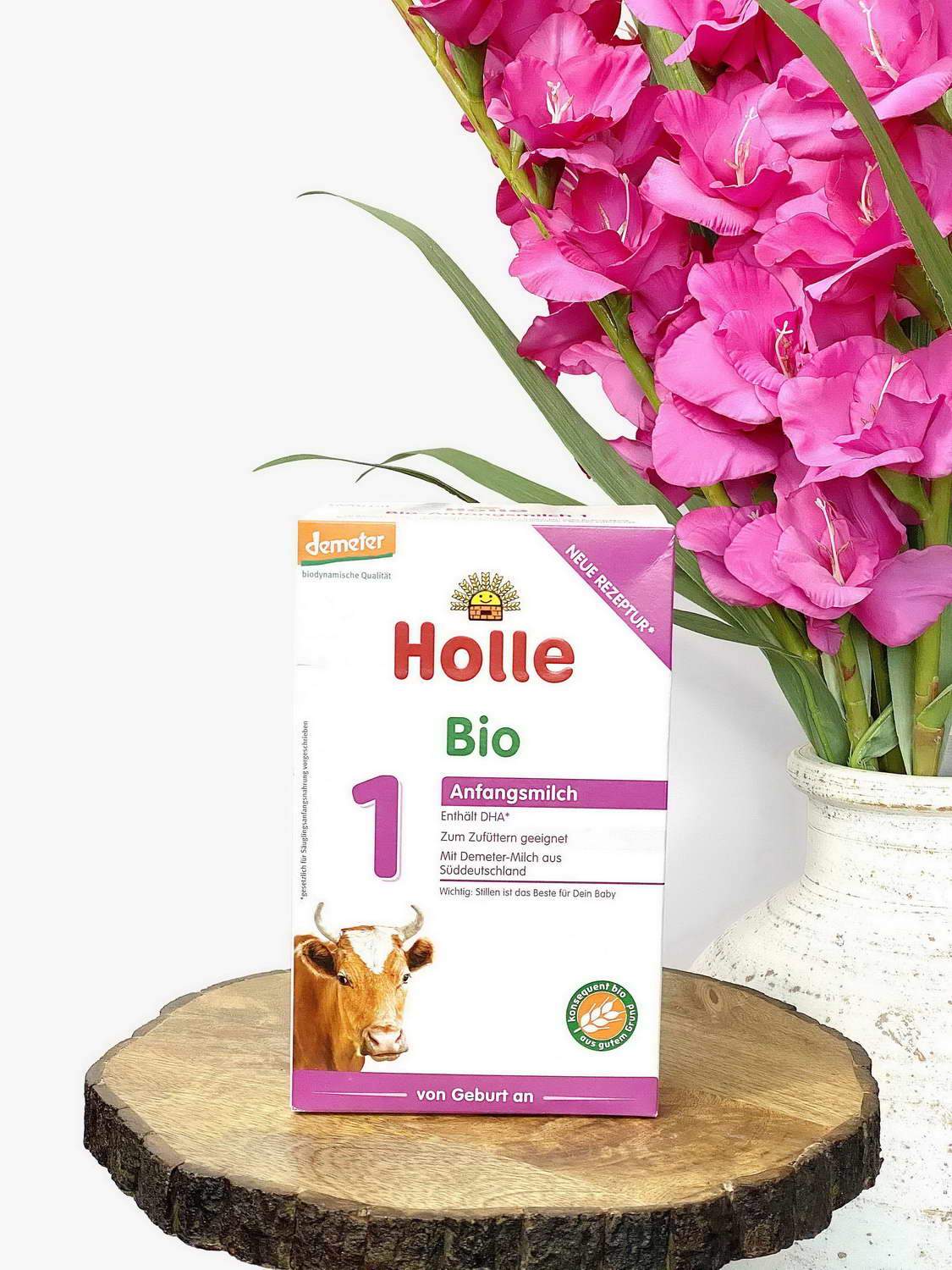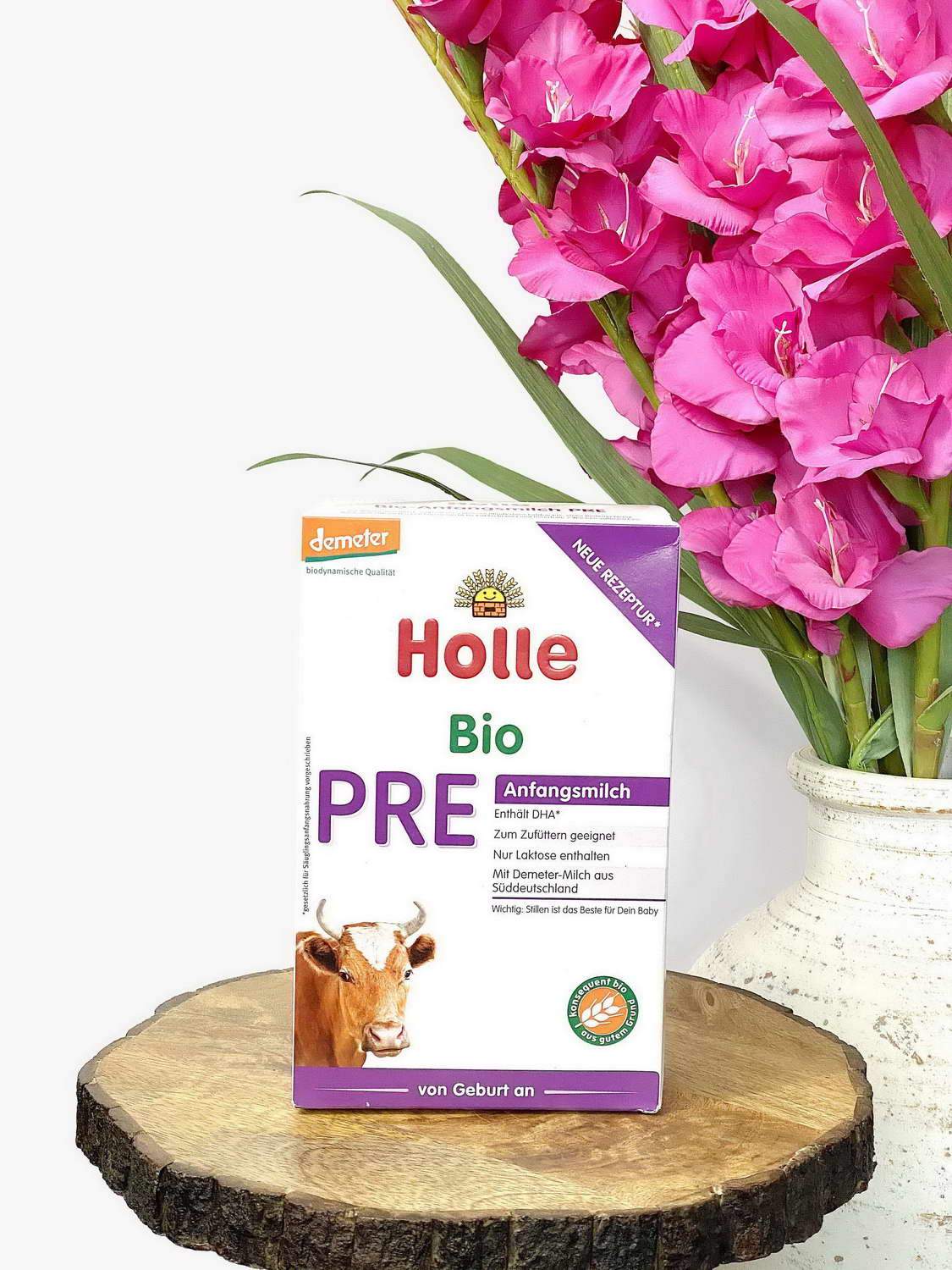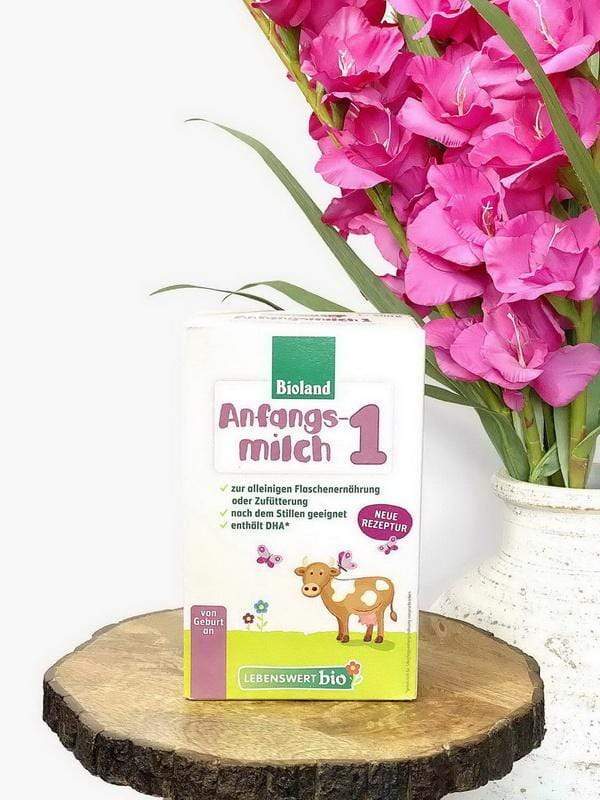As parents we know that not everyday in your baby's first year will be easy, but when feeding problems occur these days can be hard on the whole family.
If your little one is especially fussy during feedings, and you notice white patches in thier mouth, there may be cause for concern. These spots may be an oral yeast infection known as thrush.
What exactly is thrush, and what can you do to help your baby eat without pain or frustration?
